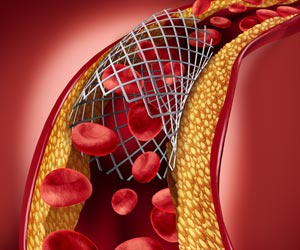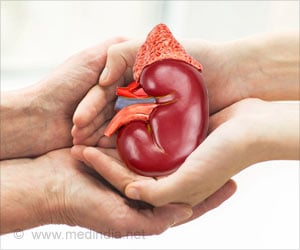Researchers at University of North Carolina Wilmington announce the continuation of funding to study the effects of inhaled Florida red tide brevetoxins and ultimately yield treatments.
Researchers at University of North Carolina Wilmington announce the continuation of funding to study the effects of inhaled Florida red tide brevetoxins and ultimately yield treatments. The National Institute of Environmental Health Sciences awarded UNCW the five-year $7.53 million competitive renewal to further delve into the acute and chronic effects of inhaling toxic particles generated by red tides on Florida's west coast.
"Preliminary studies with red tide toxin have revealed four new non-toxic compounds that can improve the clearance of mucus from the lungs," said David A. Schwartz, M.D., director of the National Institute of Environmental Health Sciences. "This funding will enable these researchers to continue their evaluation of these compounds as potential therapeutic agents for the treatment of cystic fibrosis and similar lung diseases."In addition to UNCW, project collaborators include the Centers for Disease Control and Prevention, the Florida Department of Health, Lovelace Respiratory Research Institute, Mote Marine Laboratories, the University of Miami Rosenstiel School of Marine and Atmospheric Science and Mount Sinai Medical Center of Miami Beach. The study seeks to confirm increased respiratory distress records in local emergency rooms, treatments and therapeutics for red tide inhalation intoxication that occurs on the beach, and to develop laboratory models that further refine and describe molecular mechanisms of action and therapeutics.
Daniel Baden, William R. Kenan Distinguished Professor of Marine Sciences at UNCW and program director for the study, said, "With an understanding of the molecular mechanisms of toxin action, we can recommend appropriate therapeutics for intervention and provide some measure of effects in humans. While it is not presently within our power to prevent red tides, it is certainly possible and advisable to reduce, treat and ultimately prevent inhalation exposure to these noxious agents."
This study is one of the most far-reaching and inclusive in the history of red tide research. Working together across disciplines, oceanographers, chemists, toxicologists, public health specialists, physicians and biomedical scientists approach the problem in a "beach to bedside" manner, emulating the "bench to bedside" mantra of current National Institutes of Health-funded research that leads to clinical intervention. By measuring red tide cells in the water, the toxin they contain, the airborne toxin in sea spray, the toxin transported ashore by wind and the amount people inhale, the team is rapidly increasing understanding about one of the most far-reaching human exposures to a natural toxin.
Florida red tide toxins affect the pulmonary, nervous, immune and genetic systems in animal models and may similarly affect humans. The study, beginning its sixth year, has presented its findings to the Society of Toxicology, to the International Society on Exposure Analysis, to the CDC and Florida DOH and to scientific and lay audiences alike. More than 80 published articles detail findings to date, and three patents dealing with seafood poisoning and pulmonary therapeutics have resulted from the work.
Source-Newswise
SRM





